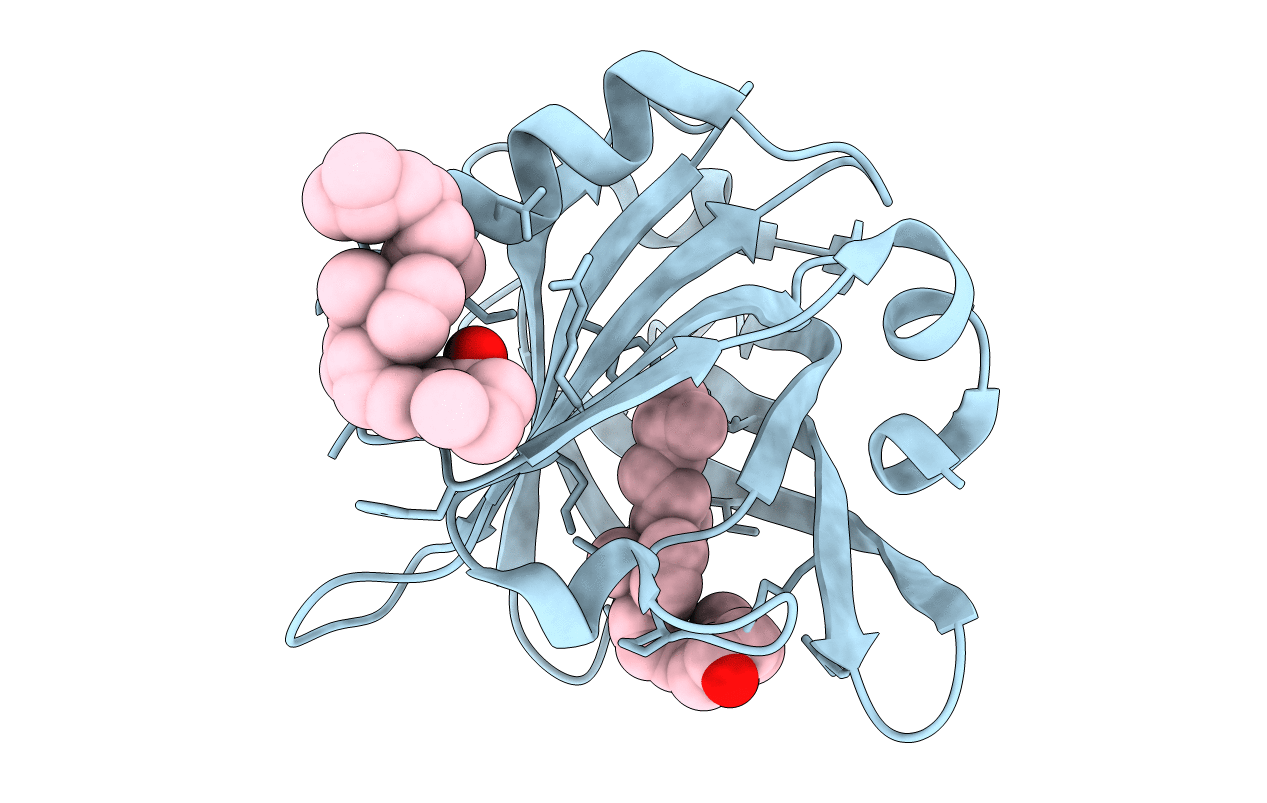
Deposition Date
2006-03-30
Release Date
2007-10-02
Last Version Date
2024-10-23
Entry Detail
PDB ID:
2GJ5
Keywords:
Title:
Crystal structure of a secondary vitamin D3 binding site of milk beta-lactoglobulin
Biological Source:
Source Organism:
Bos taurus (Taxon ID: 9913)
Method Details:
Experimental Method:
Resolution:
2.40 Å
R-Value Free:
0.29
R-Value Work:
0.23
R-Value Observed:
0.24
Space Group:
P 32 2 1


